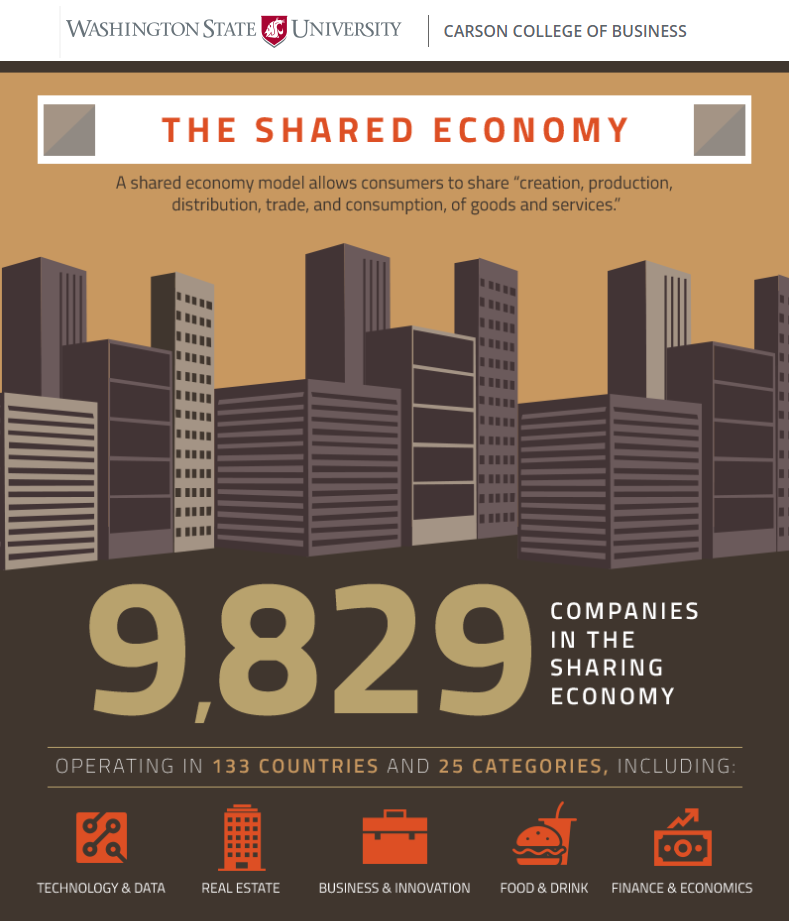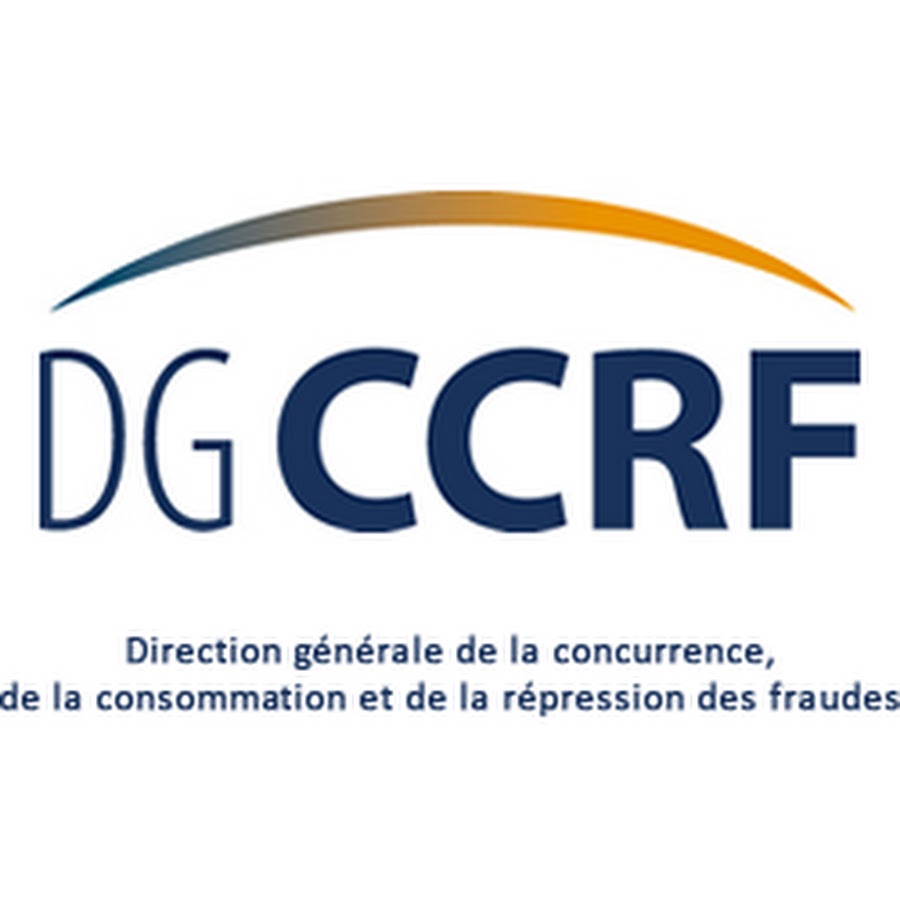The Shared Economy
A shared economy model gives consumers the ability to share “creation, production, distribution, trade and consumption of goods and services.”
Within the sharing economy, there are currently 9,829 companies operating in 133 countries and 25 categories, including business and innovation, finance and economics, food and drink, technology and data, and real estate.
SHARING ECONOMY AMONG AMERICANS
Approximately 72 percent of Americans have used a shared service or app, 50 percent have purchased used or secondhand goods online and 15 percent have used online ride-hailing apps.
However, shared economy programs are most widely-used by younger generations, with Americans under 30 being most likely to earn money through these platforms.
SHARING ECONOMY AROUND THE GLOBE
But the United States isn’t the only country where the sharing economy is gaining ground. People from across the globe are increasingly using this business model to buy and sell goods and services as well.
In the Asia-Pacific region, 78 percent of people are willing to share or rent what they own, while 81 percent are willing to rent from others.
In Latin America, 70 percent of people are willing to share or rent, while 73 percent are willing to rent from others.
In the Middle East and Africa, 68 percent of people are willing to share or rent, while 71 percent are willing to rent from others.
And in Europe, 54 percent of people are willing to share or rent, while 44 percent are willing to rent from others.
WHERE SHARING PLATFORMS ARE CAUSING MAJOR DISRUPTION
Sharing platforms have managed to disrupt numerous industries, including the hotel industry, the staffing industry and the transportation industry. Here’s how:
In the hotel industry, AirBnB’s operations acquired $2.1 billion of market share from the traditional lodging industry in New York City.
In the staffing industry, the number of freelance workers in the workforce increased from 10.1 to 15.8 percent from Feb. 2005 to late 2015.
And in the transportation industry, taxi revenue dropped significantly after Uber and Lyft launched in Los Angeles in March 2012 and Jan. 2013, respectively. Taxi revenue actually decreased by 9 percent from 2013 to 2014.
Pillars of the Sharing Economy
In order to facilitate peer-to-peer (P2P) transactions, digital platforms use web platforms and mobile apps. They also utilize user rating systems to ensure quality and allow customers to voice their concerns, thus building a basis for trust.
Americans are showing a growing interest in the sharing economy, and approximately 72 percent have used a shared economy service. Once customers become more familiar with digital platforms, they are more likely to use them instead of traditional products or services. For example, people who never stayed in an AirBnB or a similar hotel-like rental platform preferred hotels 79 percent of the time. However, once they stayed in an AirBnB, their preference for staying in hotels decreased to 40 percent.
People who participate in the sharing economy also tend to have less loyalty to specific brands than the general public. Among users of shared services, 83 percent will switch suppliers for lower prices and 62 percent will switch stores for speed and convenience. In comparison, the general public is 3–12 percent less likely to switch brands for these reasons.
Advantages and Disadvantages of Sharing Platforms
As the sharing economy becomes increasingly prevalent, the benefits and drawbacks of these platforms are becoming more noticeable as well. Here are some of the advantages and disadvantages of using a shared economy model.
ADVANTAGES
The sharing economy has less entry barriers while giving workers more flexibility and freedom. It’s easier for individuals to begin driving for Uber or Lyft than a taxi company. And approximately 72 percent of independent workers prefer being employed as contract workers instead of traditional employees.
Peer-to-peer lending platforms connect borrowers to lenders directly. An estimated 50 percent of investors have allocated capital to P2P platforms, with 80 percent feeling optimistic about marketplace lending’s continual growth.
DISADVANTAGES
Regulatory and tax challenges have been cropping up since the advent of the sharing economy, which is creating a need for new rules. In Oct. 2016, New York Governor Andrew Cuomo signed a law imposing fines for advertising home rentals that did not comply with the state’s short-term rental rules.
Successful Models
AirBnB is a home-rental service that takes a 6 to 12 percent commission from guests, while charging hosts a nominal fee. Its revenue rose by more than 80 percent in 2016.
On Freelancer.com, 11.2 million jobs have been posted by 23.1 million employers, which have been completed by freelancers from 247 countries. Employers are charged a fee of 3 percent for each project.
Uber is a ride-sharing service that takes a rider fee, calculated based on trip duration and a quarter of the fare. Its revenue reached $1.7 billion in Q4 2016.
While the private and public sectors are still navigating their way through the nuances of the sharing economy, it’s beginning to transform what business is and could be. Look through this informative infographic to learn more about this exciting new business model.
 Washington State University Online MBA
Washington State University Online MBA















